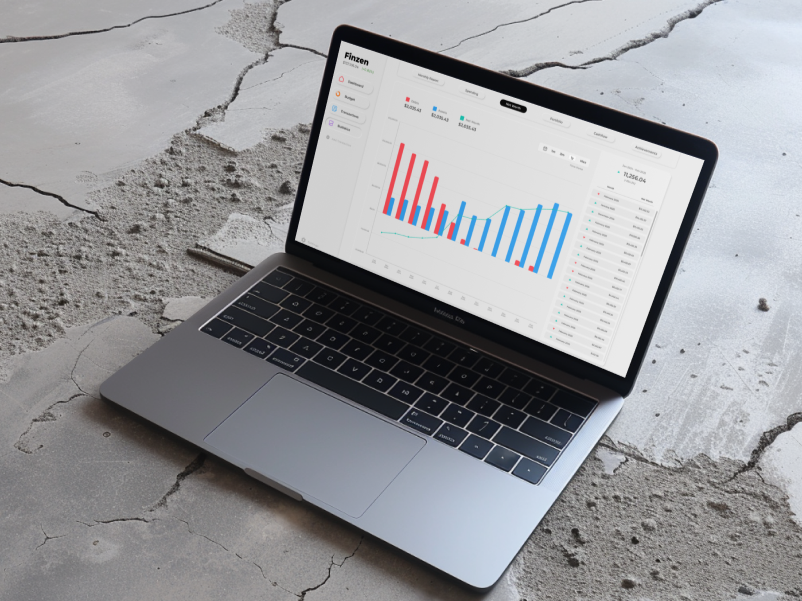
Budgeting is the cornerstone of financial stability and success. Yet, for many, the mere mention of budgeting can conjure feelings of overwhelm or restriction. However, understanding and implementing a budget is not about restriction; it’s about empowerment. It’s about taking control of your finances, rather than letting them control you. In this beginner’s guide to budgeting, we’ll break down the essentials, demystify the process, and provide you with the tools and knowledge you need to take charge of your financial future.
Whether you’re just starting your journey toward financial freedom or looking to refine your existing budgeting practices, this guide will equip you with the fundamental principles and practical strategies to build a budget that works for you. From setting financial goals to tracking expenses, from prioritizing needs to managing irregular income, we’ll cover it all. By the end of this guide, you’ll not only understand the importance of budgeting but also feel empowered to create a budget that aligns with your goals and values.
1. A Budget? Why??
Budgeting is a fundamental financial tool that involves creating a plan for how you will allocate your income to meet your expenses, savings goals, and financial objectives. At its core, budgeting is about assigning a purpose to every dollar you earn, ensuring that you’re intentional about where your money goes. By tracking your income and expenses, you gain insight into your spending habits, identify areas for improvement, and make informed decisions about your finances. Budgeting empowers you to prioritize your needs and wants, allocate resources efficiently, and ultimately achieve your short-term and long-term financial goals. It’s a proactive approach to managing your money, providing a roadmap for financial success and stability.
- A budget can keep you from overspending
- Can help build an emergency fund
- Reveals spending patterns
- Helps save for medium-term wants with ease
2. Setting up a Budget
Before diving into budgeting, it’s essential to have a clear understanding of your current financial situation. This involves taking stock of your income, expenses, debts, and savings. Start by gathering information such as pay stubs, bank statements, credit card statements, and any other financial documents. Calculate your total monthly income by adding up all sources of revenue, including salaries, bonuses, freelancing income, and investment returns. Next, list out all your monthly expenses, including fixed expenses like rent or mortgage payments, utilities, loan payments, and variable expenses like groceries, dining out, entertainment, and transportation. Don’t forget to include irregular expenses like annual subscriptions or maintenance costs. Finally, calculate your total debt obligations, including credit card debt, student loans, and any other outstanding loans.
The core objective when budgeting is balancing income with expenses. The core idea is to estimate how much money is needed to cover all monthly expenses in a given category (e.g. “groceries”, or “subscriptions”). Once you’ve categorized your expenses, compare them to your total monthly income. If your expenses exceed your income, you’ll need to make adjustments to your spending habits or find ways to increase your income. Conversely, if your income exceeds your expenses, you’ll have extra funds available for saving, investing, or paying down debt. And don’t worry, you budget does not have to be perfectly balanced right away. Simply estimating your expenses and being able to compare actual spending is already a great start.
Budgeting is not a one-size-fits-all approach; it requires flexibility and adaptability. As your financial situation changes, you may need to revise your budget to reflect new priorities or circumstances. Regularly reviewing your budget and tracking your spending can help you stay on track toward your financial goals and make informed decisions about your money.
3. Maintaining and Optimizing your Budget
Okay great! You set up your budget and have been logging all your expenses for a month. Now we can see how it went. Did you overspend? We might have to increase the budget for those categories a little bit. Are there any categories in which you spent far less than what you budgeted? All good, now you have some buffer.
Say you budget $50 a month for car repairs. When your car does eventually need to go in the shop 6 months later, you’ll already have $300 budgeted and ready to go.

As you continue on month to month, you will begin to see clear trends as to how much you should budget in each category. This will also allow you to make informed decisions to optimize your budget. Once you have a handle on your monthly needs, you can start allocating funds for wants and investments. This is where your personal finance journey really starts getting exciting and you are well on your way to financial independence.
4. Conclusion
In conclusion, budgeting is not just about managing your finances; it’s about taking control of your financial future. By understanding your current financial situation, setting clear goals, and implementing a budgeting method that works for you, you can achieve greater financial stability and success. Budgeting empowers you to make informed decisions about your money, prioritize your spending, and work towards your long-term financial aspirations. Remember, budgeting is a journey, not a destination. As you navigate this journey, stay flexible, adapt to changes, and celebrate your progress along the way. With the right tools, knowledge, and mindset, you can build a budget that aligns with your goals and values, paving the way for a brighter financial future.
Finzen is the all-in-one budgeting dashboard and portfolio tracker, meaning no matter where you are in your personal finance journey Finzen provides clear insights and feedback that will help you step up your personal finance game.


